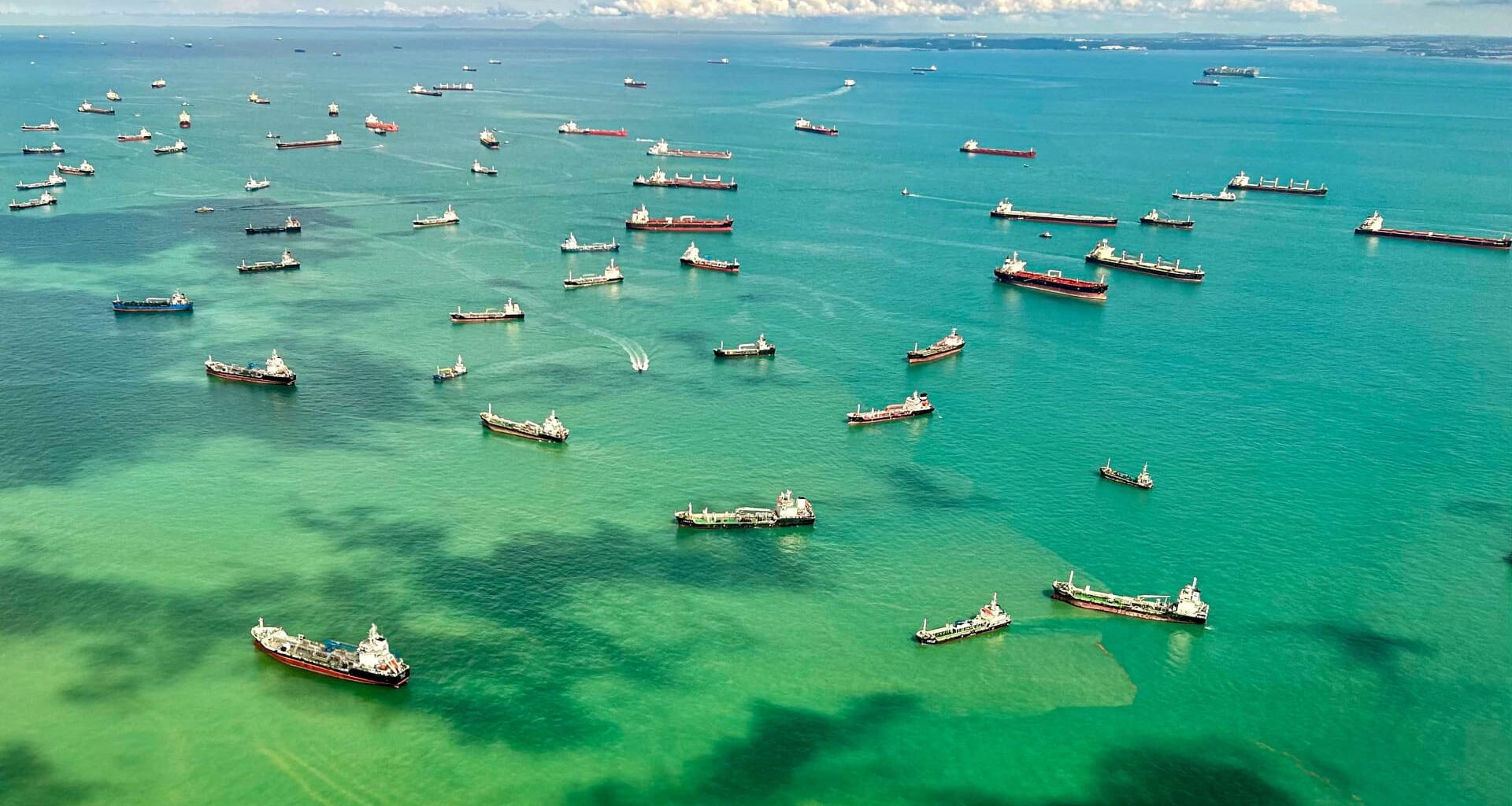This aerial view taken from a commercial flight shows cargo ships docked along the strait in Singapore on April 7, 2025.
Mohd Rasfan | Afp | Getty Images
Singapore’s economy expanded faster than expected in the third quarter, even as the country’s central bank warned that growth is likely to slow in 2026.
Gross domestic product rose 2.9% year on year in the three months through September, the Ministry of Trade and Industry said Tuesday.
That beat economists’ forecasts for a 1.9% increase, though it marked a slowdown from a revised 4.5% expansion in the second quarter.
On a seasonally adjusted, quarter-on-quarter basis, the economy expanded by 1.3%, easing slightly from 1.5% in the previous quarter.
Manufacturing was the main drag on growth, flattening after a 5% expansion in the second quarter. The construction sector also softened, rising 3.1% year on year compared with 6.2% in the prior quarter.
“Growth was weighed down by output declines in the biomedical manufacturing and general manufacturing clusters, even as output in the other manufacturing clusters expanded,” MTI said in a statement.
Growth in the services sector slowed to 0.2% from 1.7%, dragged down by contractions in wholesale and retail trade, as well as transportation and storage.
“While this marks a slowdown from 4.5% y-o-y in Q2, partly due to high base effects from a year ago, it nonetheless reflects a resilient pace of growth amid global trade headwinds,” Lloyd Chan, senior currency analyst at Mitsubishi UFJ Financial Group, wrote in a note after the data release.
The economic slowdown comes as Singapore’s central bank left its policy settings unchanged, maintaining its stance from July.
The Monetary Authority of Singapore said that GDP growth is expected to moderate as activity “normalises” in trade-related sectors.
Global investment in artificial intelligence is expected to support Singapore’s manufacturing sector, the central bank said, while construction and financial services should benefit from infrastructure spending and accommodative financial conditions.
“In 2026, GDP growth is projected to slow in line with external developments to a near-trend pace, such that the output gap narrows to around 0%,” MAS said in a statement.
Vishnu Varathan, managing director at Mizuho Securities, said that there were “no surprises” in the MAS’ decision, despite significant declines in headline and core inflation in the run-up to this decision.
Core inflation rose 0.3% in August, the slowest pace since February 2021, as services costs eased.
Separately, the MAS said core inflation — which strips out prices of private transport and accommodation — is expected to ease in the near term, before rising gradually afterward.
The central bank said that core inflation should average around 0.5% for 2025 and come in at between 0.5% and 1.5% in 2026.
Varathan described the MAS decision as “not a dovish pause,” but a “comfortable hold,” adding that the bar for further easing remains much higher than simply disinflation risks.
“[Singapore dollar nominal effective exchange rate] slope flattening … would require an adverse demand shock,” he said.
Exports from Singapore recorded an 11.3% decline in non-oil domestic exports in August, the sharpest drop since March 2024.
Non-oil exports to Indonesia, the U.S. and China fell in August, but rose to the European Union, Taiwan and South Korea, government data showed.
Singapore’s exports to the United States dropped by 28.8% year on year in August, following a 42.8% fall in July.

